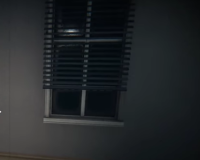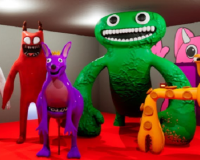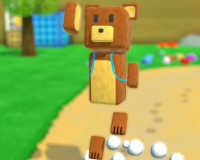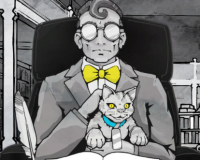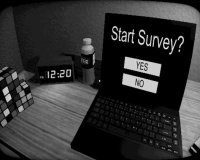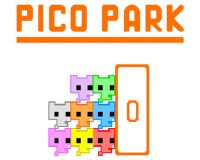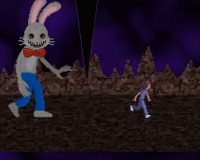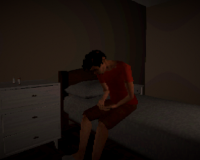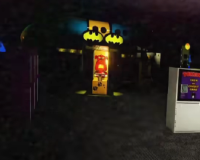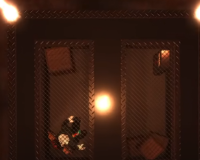
Advertisement
Petsitting
Petsitting is a short experimental game in which the player is asked to take care of a pet over a weekend. The request seems normal at first, but the pet in question is far from typical. Instead of a cat or dog, the creature is a large, silent being with worm-like features. The player is left alone in a small house, instructed to carry out daily tasks such as feeding and watching over the animal. As the weekend progresses, small changes in behavior and environment begin to suggest that something is off, pushing the experience into strange territory.
Game flow and mechanical design
The game is played from a first-person perspective, allowing players to move freely through the space using keyboard controls. At key moments, the view switches to a fixed camera angle, and interaction happens through the mouse. These two control modes alternate depending on the activity—feeding, observing, or simply standing near the pet. The tasks are simple, but the way the game presents them changes their emotional weight. Sound, pacing, and timing play a significant role in shifting the tone without altering the core mechanics.
Shifting tone through repetition
Each day in Petsitting follows a similar structure, but with slight differences that alter the player’s sense of control. Repeating the same tasks slowly reveals new visual details, audio cues, or unexpected interruptions. The pet never speaks or reacts directly, but the surrounding space begins to feel more unstable. Moments of stillness are broken by sudden sound effects or camera changes that remove the sense of routine.
The main elements of the game include:
- Minimalist environment limited to one location
- A creature that does not follow standard behavior
- First-person exploration mixed with fixed perspective scenes
- Simple task loop that becomes more disorienting over time
- Subtle environmental changes linked to player choices
These elements combine to form an experience that relies on atmosphere more than action.
Short length, lasting effect
Despite being brief, Petsitting offers a complete and memorable experience. It doesn’t rely on traditional dialogue or goals but creates a sense of discomfort through small, deliberate design choices. The lack of explanation or resolution leaves players with questions about what they just encountered. Some may see it as abstract horror, while others might view it as commentary on routine and isolation. With only a few mechanics, the game manages to suggest something deeper, using repetition and restraint as tools to shape the player’s perception.





